Folk culture refers to the shared beliefs, customs, and practices of a particular group or community that have been passed down through generations. It is a significant aspect of human history, representing diverse societies’ cultural heritage and traditions.
This rich and varied form of culture encompasses various elements such as music, dance, art, cuisine, and storytelling. From ancient rituals to modern-day celebrations, folk culture has played a vital role in shaping the identity and values of different communities worldwide.
Classical music and popular music are both cultural forms that showcase the beauty of cultural diffusion, with classical music representing the rich heritage of folk culture and popular music reflecting the vibrant influences from various cultural traditions.
Here, we will delve into some fascinating folk culture examples from different regions, highlighting their unique characteristics and significance. So, let us journey through the vibrant and colorful world of folk culture and discover the beauty and meaning behind these treasured traditions.
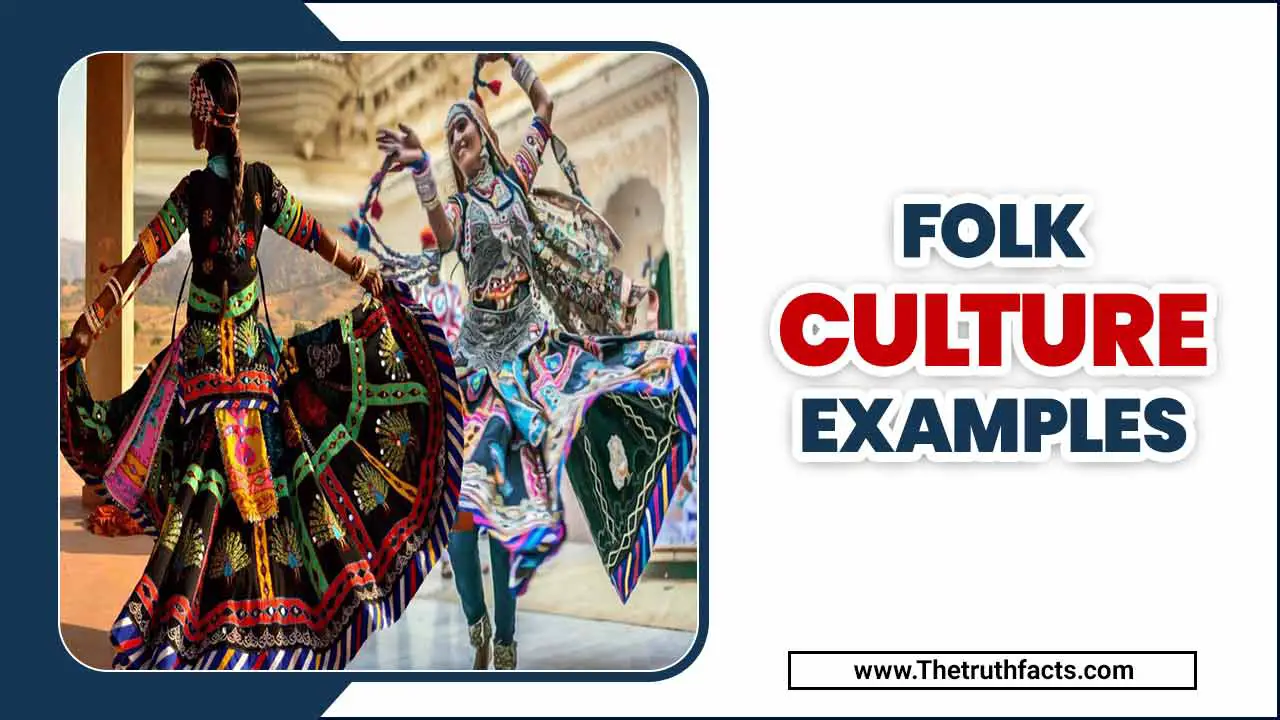
The 10 Most Interesting Folk Culture Examples Of The World
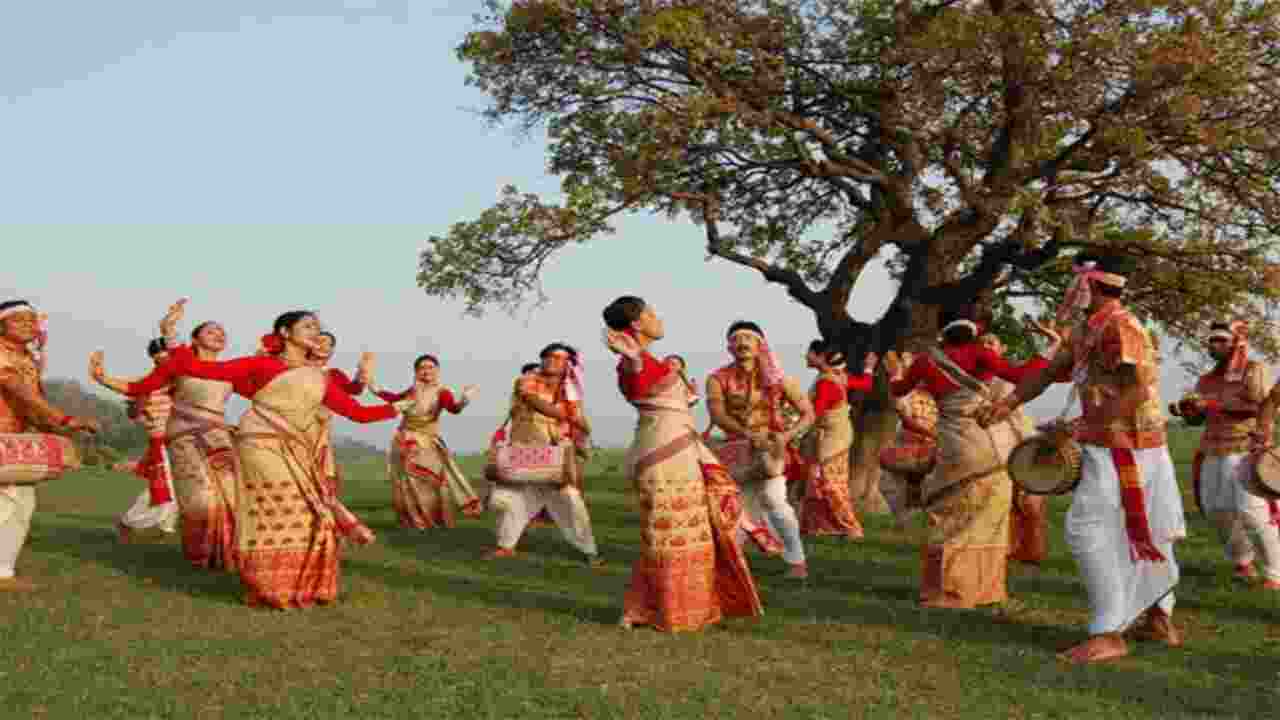
Folk culture is a rich and diverse expression of human creativity and tradition. From music and dance to art and storytelling, folk culture encompasses many practices passed down from generation to generation. These examples represent just a small fraction of the incredible diversity of folk culture globally.
Each one offers a unique insight into the history, customs, and values of the people who practice them, making them an invaluable part of our shared human heritage. Here are 10 fascinating examples of Folk Culture Examples from around the world:
Tuareg
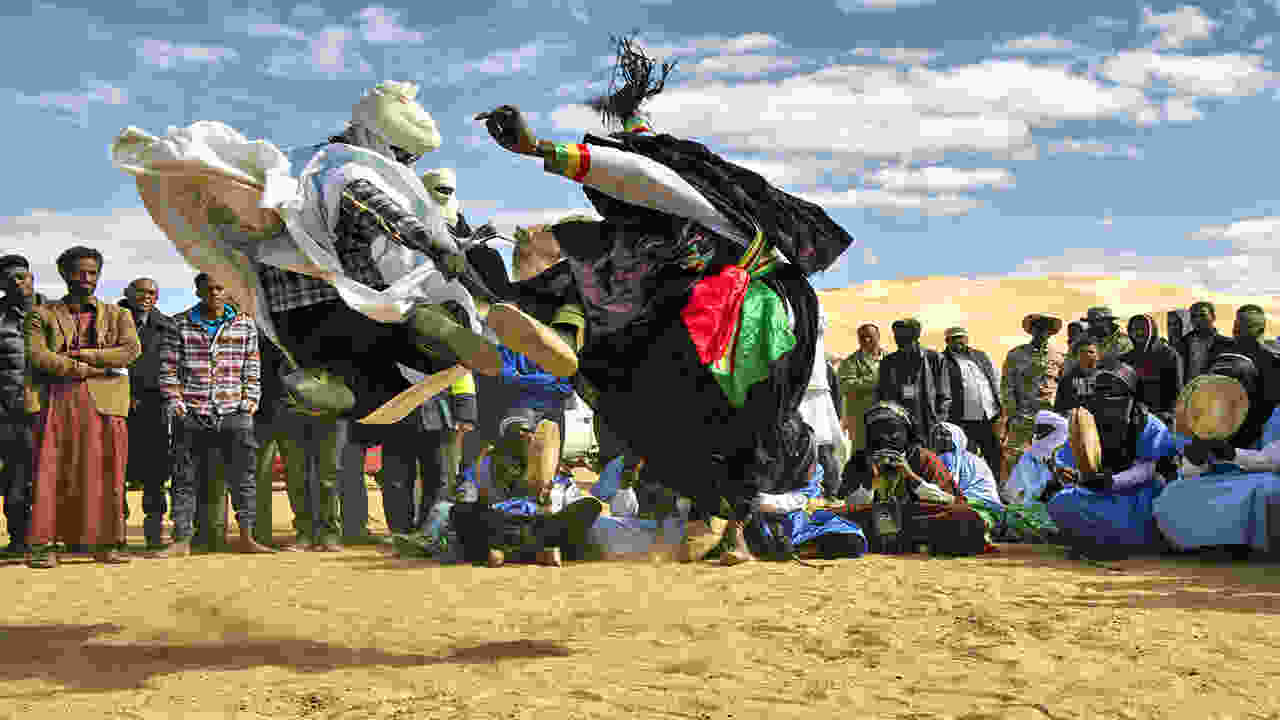
Tuareg tribes live in Libya, Chad, Mali, Algeria, and the Sahara Desert of North Africa. You will be amazed at their different norms. They are Muslim and follow all the rituals of Islam. Tuareg people spread over many countries, mainly Mali and the Sahara Desert. Most of the Tuareg tribes are farmers, traders, and cattle herders.
They are famous for their nomadic life regime. In the 18th century, people considered Tuareg people to be black Africans. Their feudal traditions are present in weapons, foods, and lifestyles. They are part of another ethnic group, Berbers.
Sama-Bajau
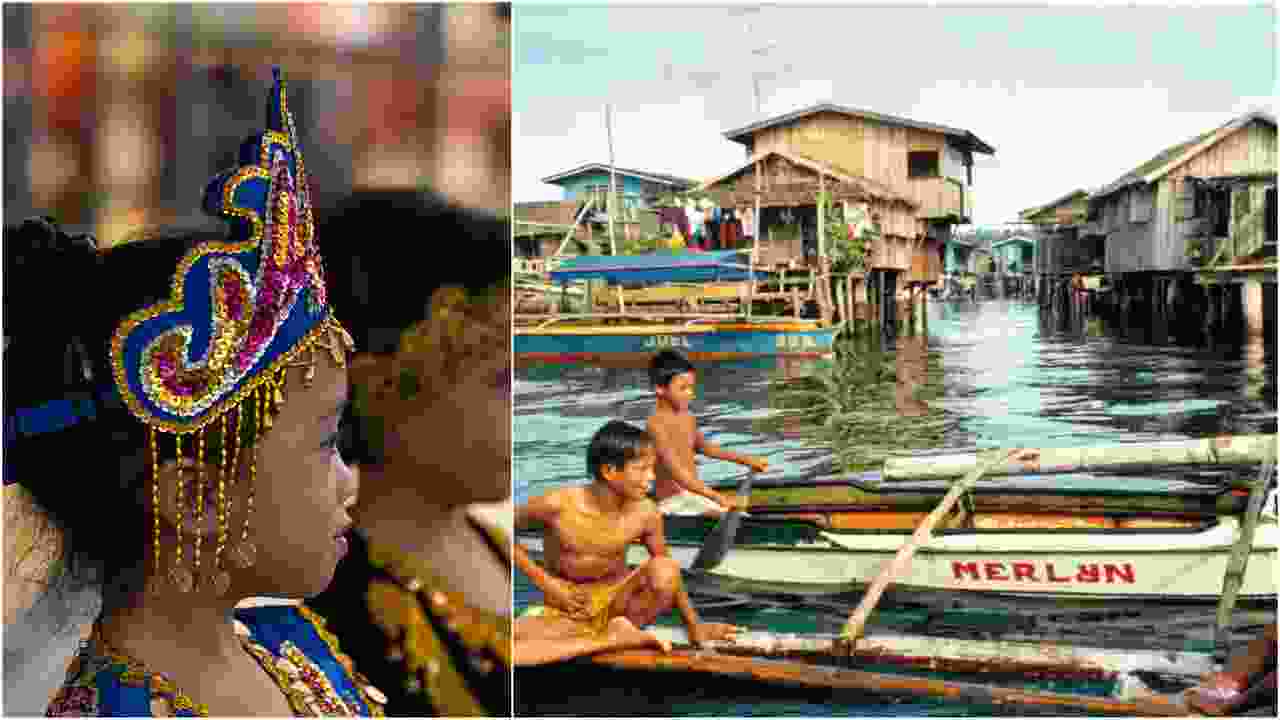
Sama-Bajau tribes are found in the islands of the Philippines. There are almost 1.1 million of Sama-Bajau people living across the whole world. You may find them in Brunel, Malaysia, and Indonesia. The most followed religion of Sama-Bajau is Sunni Islam. They live in houseboats and are popular as sea gypsies.
Sama-Bajau culture has ten different languages categorized by Central Philippine languages. Many Sama-Bajau people follow folk Islam and Catholics as well. The primary profession of Sama-Bajau is boat dwelling. They have their traditional music, dress, dance, and art forms. Their horse culture is famous in Malaysia.
Huli
Around 90 thousand people are living in Huli or Haroli tribe. The Huli people exist on the islands of Papua New Guinea. The Huli tribe’s culture is renowned for actively engaging in its activities. In the Huli tradition, men live in separate houses, and women live with their children.
Huli people speak the Huli language, also known as the Tari. Along with the tribal lifestyle, they are occupied with growing crops and hunting. Their ornamental crowns and painted faces are also well popular. It is one of their unique traditions.
Lhoba
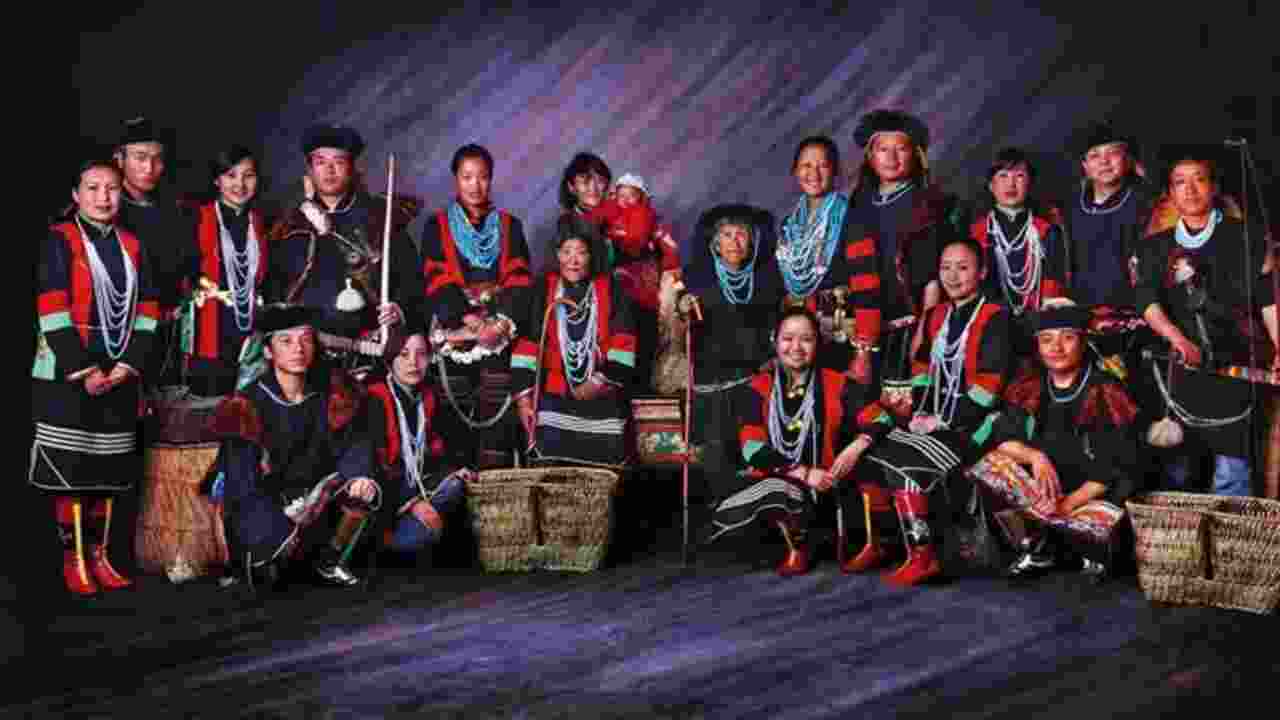
The Lhoba tribe belongs to the southern side of China. It is one of the minor traditional folk of the Chinese government. Lhoba people are considered in southern Tibet. The folks of Lhoba speak in three individual languages, mainly Tibetan. They wear their ethnic dresses, which are comparable to Tibetan attire.
Lhoba people are the devotee of ancient Buddhism. With all of their belief, they celebrate festivals like Reh to control their reconciliation and fortune. They differentiate their lives according to social stats. Dumplings and tsampa are their favorite food. Though they drink alcohol like wine at their festivals, they love to drink buttered tea.
Uru Tribe
Uru people are natives of Bolivia and Peru, living on floating islands. They consist of three groups: Uru-Iruito, Uru-Chipaya, and Uru-Muraoto. The Uru language is quite similar to the Chipaya language. They are self-claimed Lupihaques, which means ‘sons of the sun.’ Uru people are into fishing and domesticating some animals.
These people are efficient in arts and crafts. Maintaining tourism in their houses is hard for their lives. Some of the tourists help them to earn money. They introduce modern technology like motorboats and solar panels with their financial support.
Rabari
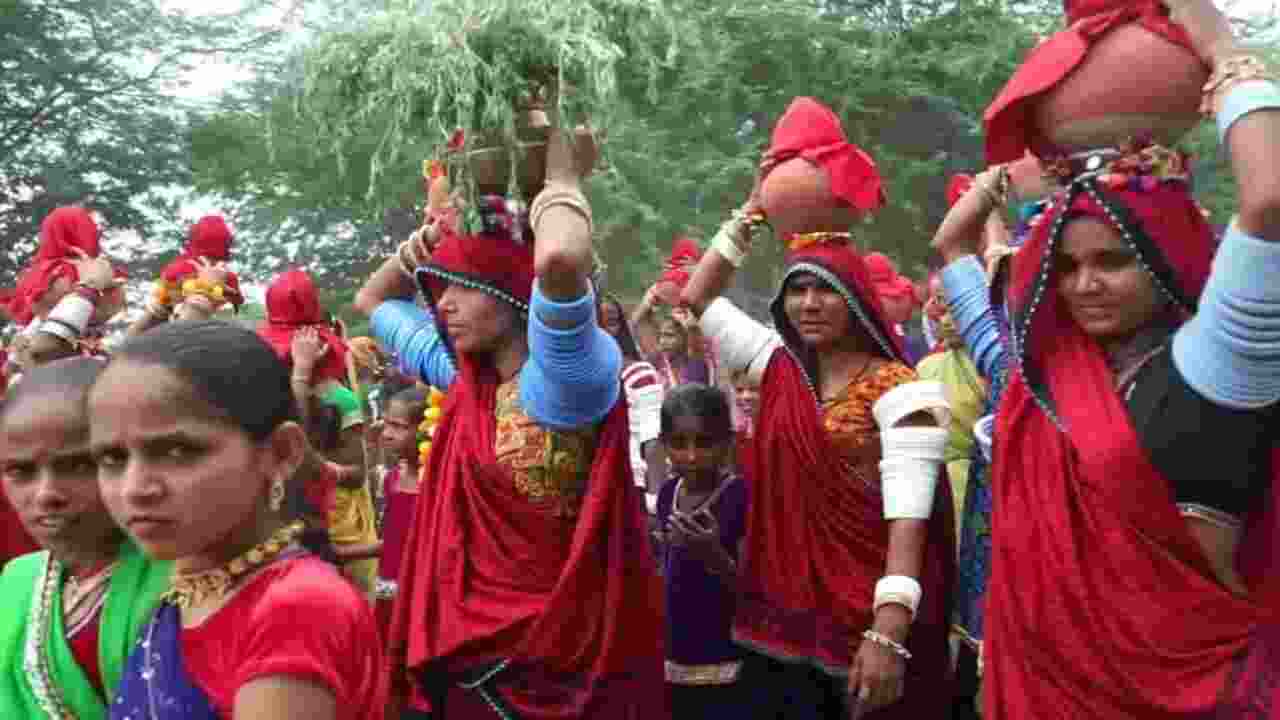
One of the least known traditional folks of India is Rabari. The tribe originated from a mythical reference of Shiva and Parvati. Though this story has many versions, it is the most famous one. They spread across Gujarat, Rajasthan, Punjab of India, and Sindh province of Pakistan.
Rabari people are living camel and cattle herders. Many of them are shepherds and sell milk sometimes. While men search for work to survive, Rabari women keep themselves busy with crafting, household chores, gathering fuels, and caring for cattle. Most of their earnings depend on embroidery crafting.
Wano Tribe
Wano People are located near the Mamberamo River. It is located in Indonesia and consists of people and incredible animals like cassowaries and tree kangaroo. As a result of making handmade stone axes, their culture is regarded as ‘stone age culture.’ Their area is restricted due to the Stone Age culture.
They are experts in making tools with an old-style technique. Women of the Wano tribe wear grass skirts, and men wear koteka as their traditional attire. The Wano men always have bows and arrows for hunting crocodiles. Their area is well popular for its biodiversity.
Gauchos
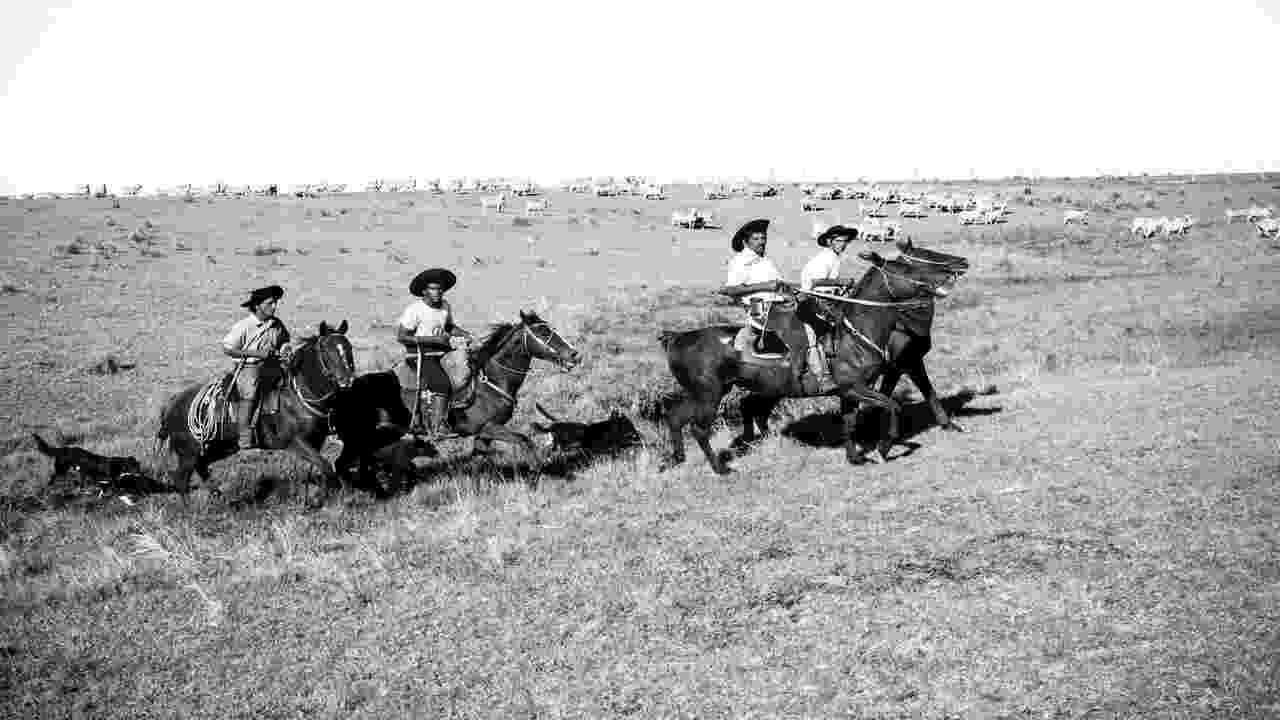
Gauchos is originated in South America. They live across Uruguay, Bolivia, Brazil, Chile, Argentina, and Paraguay. The inhabitants of Gauchos are bohemian and courageous. Horses are their favorite animal. They are considered expert horsemen. Their contribution to literature, legends, and folklore is remarkable.
One of the most noteworthy aspects of Gauchos is horsemanship. They have their unique dressing style. In the 19th century, the people of Gauchos participated in the Federalist Revolution. Along with their rich culture, they are strong, brave, and honest.
Himba Tribe
Though Himba people are famous in Namibia, they are still unknown to many people. They welcome people with warmth. The Himba men and women divided their chores. Men are working on herding and constructing new houses. Women care for household chores, making ornaments, dresses, and crafting.
As Himba people live in Namibia, they maintain their traditional lifestyle, food habits, clothing, and norms. The chief of the Himba tribe makes the major decisions of the Himba tribe. The great aspect of their culture is their hospitality.
Samburu Tribe
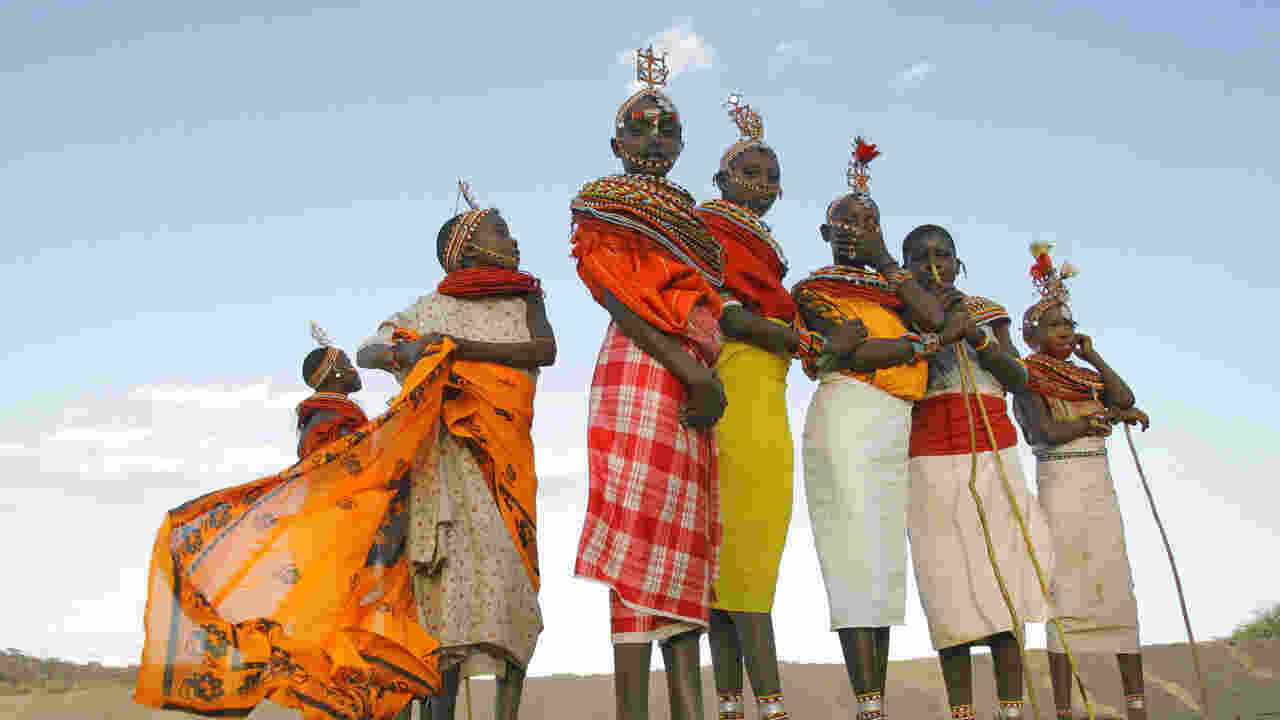
Samburu tribe is located in Kenya, the main attraction of East Africa. It is a part of the Maasai tribe and is renowned for its versatile culture. They speak in their native Maa language. These people are following ancient traditions, religions, and customs. Samburu tribe is also popular as semi-nomadic paternalistic.
They always eat vegetable soup and cook meat only for special festivals. Like other folk groups, Samburu men earn, and women maintain household chores. According to some sources, the Samburu women are still facing domestic violence, sexual exploitation, and rape. Despite these, the Samburu tribe is a famous campsite for tourists in East Africa.
Conclusion
Folk culture is an essential component of our society. We are getting modernized day by day. But they have been nurturing the traditional norms and beliefs for many years. The major characteristics of folk culture are their same occupation, lifestyle, traditions, dressing style, and foods.
Many folk cultures are prominent for their rich folklore and literature. There are several documentaries and articles about folk cultures. Instead of demeaning them, we should help them to survive. We should preserve these folk cultures to preserve traditional beliefs, rituals, and lifestyles. We hope now you know about folk culture examples.
FAQs
What’s One Example Of Folk Culture?
One example of folk culture is traditional folk music, passed down through generations by word of mouth and played on traditional instruments. It often reflects a specific community or region’s values, history, and daily life.
What Is An Example Of A Folk Group?
An example of a folk group is The Lumineers. They are an American folk rock band popular for their acoustic sound and storytelling lyrics.
What Are The Different Types Of Folk Culture?
Folk culture refers to a particular group or community’s traditional customs, beliefs, and practices. Some examples of different types of folk cultures include Amish, Native American, Celtic, and African tribal cultures.
What Is Folk Culture?
Folk culture refers to the traditional customs, beliefs, and practices of people in specific regions or communities. It often includes music, dance, storytelling, crafts, and rituals. Folk culture is typically associated with rural cultures, where traditions are passed down through generations in close-knit communities.
What Is The Famous Folk Art Of Bangladesh?
The folk art of Bangladesh is popularly known as “Nakshi Kantha.” People in rural areas originated Nakshi Kantha, a traditional quilted embroidery, but it has also gained popularity in urban cultures. It is a beautiful and intricate art form showcasing Bangladesh’s rich folk traditions.

I’m a writer and blogger who loves to talk about entertainment, culture, and relationships. I love to share my thoughts and insights on these topics, and I’m always looking for new ways to engage with my readers. I’m also a big fan of learning new things, so I’m always exploring new areas of interest.
